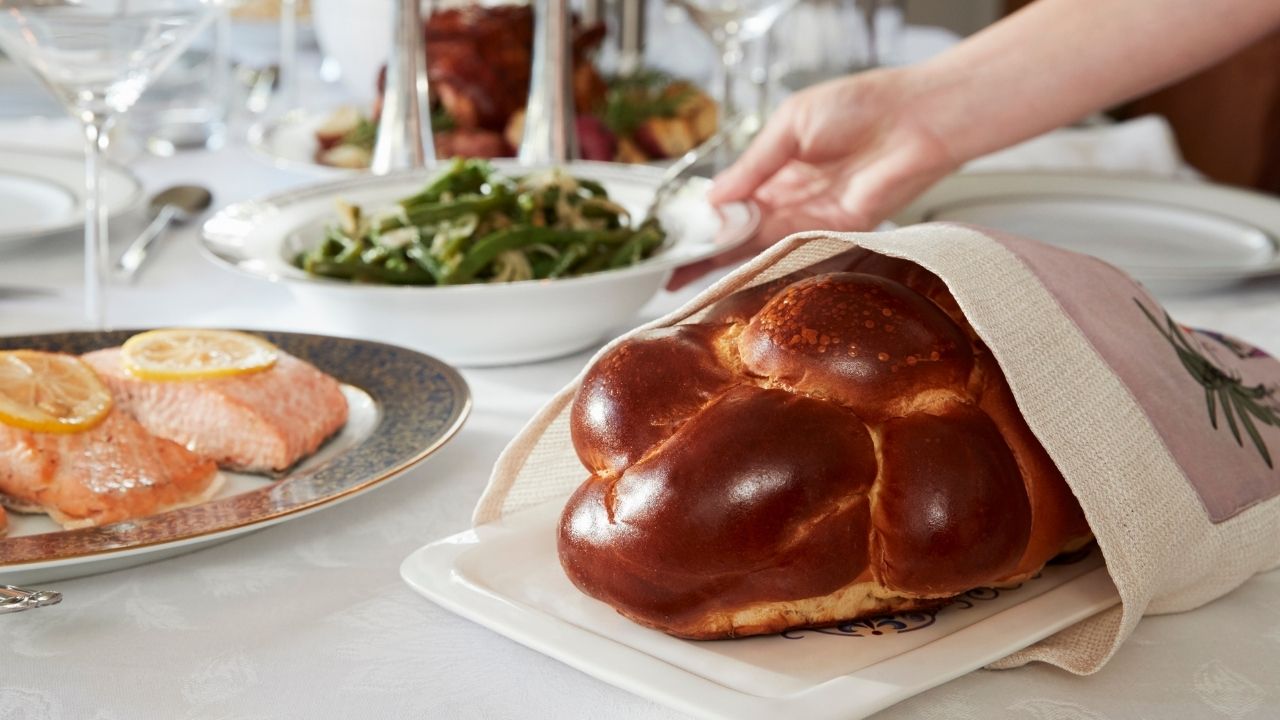What Are Some Traditional Shabbat Meal Blessings and Customs?

Every Friday evening, Jewish families across the world gather around their dining tables to welcome the peace and sanctity of Shabbat. Shabbat meals are more than just a time to eat; they are a spiritual experience filled with meaning, tradition, and community. Whether you were raised in the tradition or are just beginning to explore its beauty, understanding the blessings and customs associated with Shabbat meals can enrich your weekly celebration.
At Shabbat Kodesh, we are passionate about helping the Las Vegas community connect with these sacred traditions. In this article, we’ll explore the cherished customs and blessings that make Shabbat meals a cornerstone of Jewish life.
The Spirit of Shabbat Meals
Shabbat, which begins at sundown on Friday and ends at nightfall on Saturday, is a day of rest, reflection, and spiritual renewal. Central to this sacred time are the three traditional Shabbat meals: the Friday night dinner, the Saturday lunch, and the third meal, known as Seudah Shlishit, held in the late afternoon on Saturday.
Each meal is an opportunity to pause from the busyness of the week, connect with loved ones, and sanctify the moment with food, song, and blessings. Shabbat meals are not simply about what is on the table, but about the atmosphere created around it — filled with peace, holiness, and gratitude.
Candle Lighting and the Start of Shabbat
Shabbat begins with the lighting of candles, typically 18 minutes before sunset on Friday evening. This mitzvah is traditionally performed by the woman of the house, though anyone can do it. Two candles are lit to represent the dual commandments to “remember” (zachor) and “observe” (shamor) the Sabbath.
After lighting the candles, a blessing is recited:
“Baruch Atah Adonai, Eloheinu Melech HaOlam, asher kid’shanu b’mitzvotav v’tzivanu l’hadlik ner shel Shabbat.”
This act brings spiritual light into the home and marks the transition from the secular week to sacred time.
Kiddush: Blessing Over the Wine
Before the Shabbat meal begins, the head of the household or another family member recites the Kiddush — a sanctification over a cup of wine. This blessing acknowledges the holiness of Shabbat and sets the tone for the rest of the evening. The Kiddush is traditionally recited while everyone stands, and afterward, the wine is sipped by all present.
The blessing begins:
“Baruch Atah Adonai, Eloheinu Melech HaOlam, borei pri hagafen…”
Wine, a symbol of joy and celebration, elevates the meal from an ordinary dinner to a sacred occasion.
Washing Hands and Blessing Over the Bread (Challah)
After the Kiddush, participants wash their hands in preparation for eating the bread. This act follows the ancient ritual of netilat yadayim, where hands are washed from a two-handled cup while reciting a special blessing.
Then comes the blessing over the challah, the beautifully braided egg bread served at Shabbat meals. Two loaves are placed on the table, representing the double portion of manna given to the Israelites on Fridays during their time in the desert.
The blessing recited is:
“Baruch Atah Adonai, Eloheinu Melech HaOlam, hamotzi lechem min haaretz.”
Once the blessing is made, the bread is sliced or torn, dipped in salt, and shared among all at the table.
Singing Shabbat Songs (Zemirot)
Shabbat meals are often enhanced by the singing of zemirot, traditional Sabbath songs that express love for the day and devotion to God. These songs vary by community and custom, but all help create a joyful and spiritual environment.
Popular zemirot include Shalom Aleichem, welcoming the angels of peace, and Eishet Chayil, a tribute to the woman of valor often sung on Friday night. Songs are sung between courses, drawing everyone into the communal experience.
Sharing Divrei Torah
Another meaningful custom during Shabbat meals is the sharing of a d’var Torah — a brief teaching or thought based on the weekly Torah portion. These reflections can be scholarly or simple, but they help root the meal in Jewish learning and thought.
Children and adults alike are encouraged to share their insights, making the meal a time of spiritual growth as well as nourishment.
The Third Meal – Seudah Shlishit
The third Shabbat meal, known as Seudah Shlishit, is typically lighter than the first two but no less meaningful. It is often accompanied by softer, more contemplative melodies and takes place as the day begins to wane.
Many view this meal as the most spiritually charged, occurring just before the departure of the holy day. It’s a time to savor the final hours of Shabbat and reflect on its peacefulness before the return of the weekday rush.
Havdalah – Ending the Shabbat
As Shabbat comes to an end, families gather to perform Havdalah, a ceremony that separates the sacred from the ordinary. This ritual includes blessings over wine, fragrant spices, and a braided candle. It is a bittersweet moment, bidding farewell to the holiness of Shabbat while carrying its peace into the week ahead.
Experience the Beauty of Shabbat Meals with Shabbat Kodesh
At Shabbat Kodesh, we are dedicated to bringing the joy and sanctity of traditional Shabbat meals to the Las Vegas, NV community. Whether you’re seeking catering, event hosting, or guidance in observing Shabbat customs, our team is here to help you create a meaningful and unforgettable experience. Visit us at shabbatlv or call us at (702) 858-4800 to discover how we can enhance your Shabbat table with warmth, tradition, and delicious kosher cuisine.







